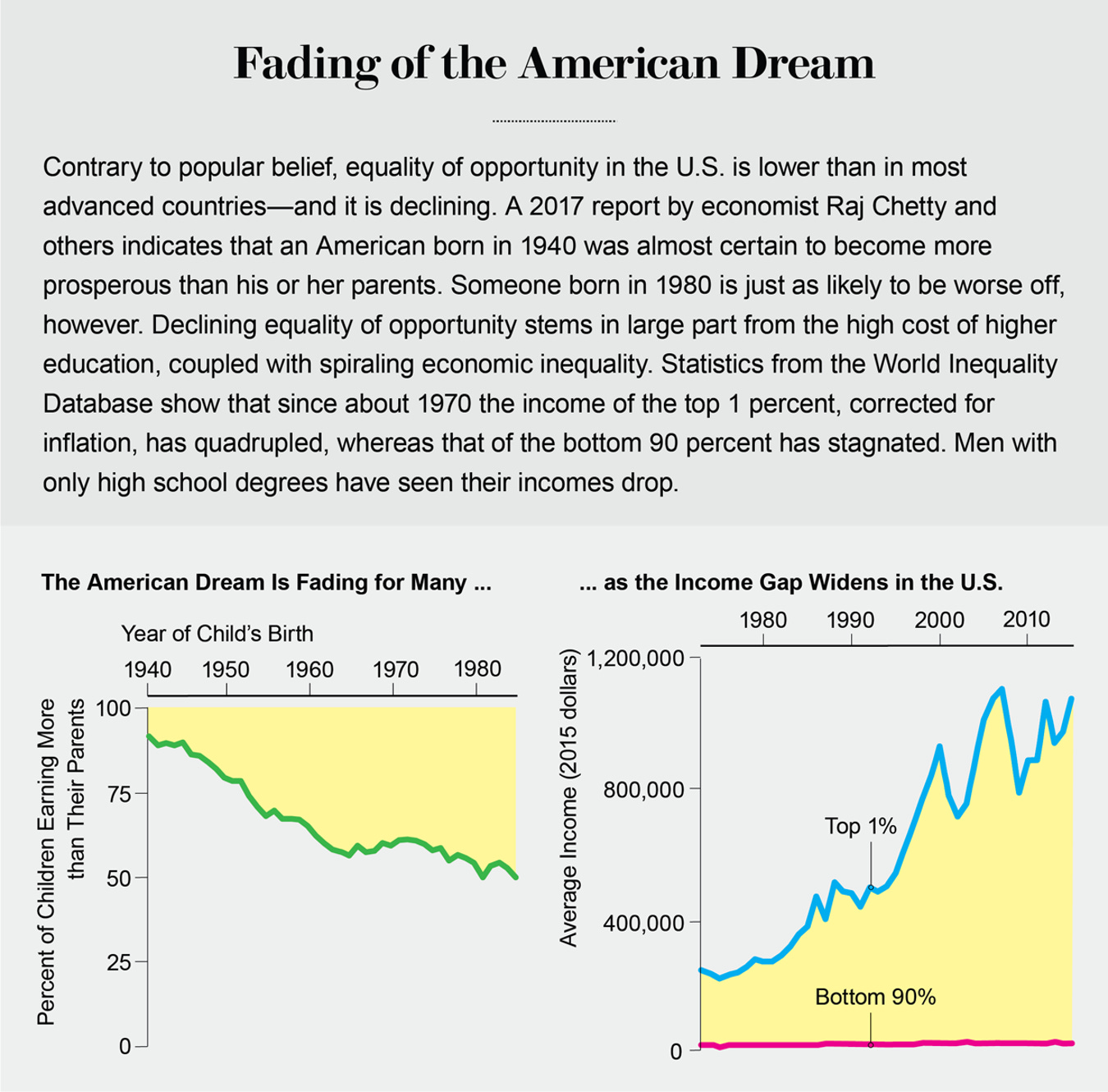
Starting in the mid-20th century, companies began distorting and manpulating science to favor specific commercial interests.
Big tobacco is both the developer and the poster child of this strategy. When strong evidence that smoking caused lung cancer emerged in the 1950s, the tobacco industry began a campaign to obscure this fact.
The Unmaking of Science
The tobacco industry scientific disinformation campaign sought to disrupt and delay further studies, as well as to cast scientific doubt on the link between cigarette smoking and harms. This campaign lasted for almost 50 years, and was extremely successful… until it wasn’t. This tobacco industry’s strategic brilliance lay in the use of a marketing and advertising campaign (otherwise known as propaganda) to create scientific uncertainty and sow doubts in the minds of the general public. This, combined with legislative “lobbying” and strategic campaign “donations” undermined public health efforts and regulatory interventions to inform the public about the harms of smoking and the regulation of tobacco products.
Disrupting normative science has become a de rigueur component of the pharmaceutical industry business model. A new pharmaceutical product is not based on need, it is based on market size and profitability. When new data threatens the market of a pharmaceutical product, then that pharma company will try to sprout the seeds of scientific uncertainty and lack of proof. For instance, clinical trials can be easily coopted to meet specified end-points positive for the drug products. Other ways to manipulate a clinical trial include manipulating the dosing schedule and amounts. As these practices have been exposed, people no longer trust the science. Fast forward to the present, and the entire industry of evidence-based (and academic) medicine is now suspect due to the malfeasance of certain pharma players. In the case of COVID-19, Pharma propaganda and cooptation practices have now compromised the regulatory bodies controlling the pharma product licensing and deeply damaged global public confidence in those agencies.
We all know what climate change is. The truth is that the UN, most globalists and a wide range of world leaders” blame human activities for climate change. Whether or not climate change is real or that human activities are enhancing climate change is not important to this discussion. That is a subject for another day.
Most climate change scientists receive funding from the government. So they must comply with the government edict and policy position that human activity-caused climate change is an existential threat to both humankind and global ecosystems. When these “scientists” publish studies supporting the thesis that human activities cause climate change, they are more likely to receive more grant monies and therefore more publications- and therefore to be academically promoted (or at least to survive in the dog-eat-dog world of modern academe). Those who produce a counter narrative from the government approved one soon find themselves without funding, tenure, without jobs, unable to publish and unable to procure additional grants and contracts. It is a dead-end career wise. The system has been rigged.
And by the way, this is nothing new. Back in the day, during the “war on drugs, if a researcher who had funding by the NIH’s NIDA (National Institute of Drug Addiction) published an article or wrote an annual NIH grant report showing benefits to using recreational drugs, that would be a career ending move, as funding would not be renewed and new funding would never materialize. Remember, the NIH peer review system only triages grants, it does not actually chose who receives grant money. The administrative state at NIH does that! And anything that went against the war on drugs was considered a war on the government. Funding denied. This little truthbomb was conveyed to me – word of mouth- many years ago by a researcher and Professor who specialized in drug addiction research. Nothing printed, all heresy. Because that is how the system works. A whisper campaign. A whiff of a message on the wind.
The ends justify the means.
The new wrinkle in what has now happened with corrupted climate change activism/propaganda/”science” is that the manipulation of research is crossing disciplines. No longer satisfied with oppressing climate change scientists, climate change narrative enforcers have moved into the nutritional sciences. This trend of crossing disciplines portends death for the overall independence of any scientific endeavors. A creeping corruption into adjacent disciplines. Because climate change activists, world leaders, research institutions, universities and governments are distorting another branch of science outside of climate science. They are using the bio-sciences, specifically nutrition science, to support the climate change agenda. It is another whole-of-government response to the crisis, just like with COVID-19.
Just like with the tobacco industry’s scientific disinformation campaign, they are distorting health research to make the case that eating meat is dangerous to humans. Normal standards for publication have been set aside. The propaganda is thick and easily spotted.

As the NIH is now funding researchers to find associations between climate change and health, it is pretty clear that those whose research is set-up to find such associations will be funded. Hence, once again, the system is rigged to support the climate change narrative.
The standard approach for nutritional research is based on a food-frequency and portion questionnaire – usually kept as a diary. The nutrient intake from this observational data set is then associated with disease incidence. Randomized interventional clinical trials are not done due to expense and bioethical considerations.
The problem is that the confounding variables in such studies are hard to control. Do obese people eat more, so would their intake of meat be more or less in proportion to dietary calories? What do they eat in combination? What about culture norms, combined with genetic drivers of disease? Age? Geo-considerations? The list of confounding variables is almost never ending. Garbage in, garbage out.
We have all witnessed how these studies get used to promulgate one point of view or another.
It’s not just within the context of red meat. The same thing happens over and over. We get dietary recommendations put together by expert committees and the data are reviewed. But when subsequent, so-called systematic reviews of specific recommendations take place, the data don’t meet reliability standards…
Yes, available information is mostly based on studies of association rather than causation, using methods that fall short of proving chronic disease effects, especially in view of the crucial dietary measurement issues. The whole gestalt produces reports that seem very uncertain in terms of the standards that are applied elsewhere in the scientific community for reliable evidence. (Dr. Ross Prentice, Fred Hutchinson Cancer Research Center)
Some recent “peer reviewed” academic publications on climate change and diet:




Enter climate change regulations, laws and goals – such as those found in UN Agenda 2030. Enter globalists determined to buy up farm-land to control prices, agriculture and eating trends. Enter politics into our food supplies and even the science of nutrition What a mess.
Below are some of the more outlandish claims being made in the name of climate science and nutrition. The United Nations’s World Food Program writes:
The climate crisis is one of the leading causes of the steep rise in global hunger. Climate shocks destroy lives, crops and livelihoods, and undermine people’s ability to feed themselves. Hunger will spiral out of control if the world fails to take immediate climate action.
Note that “Climate shocks” have always existed and will always exist. The existence of readily observed (and easily propagandized) human tragedies associated with hurricanes, fires and droughts are embedded throughout the entire archaeological record of human existence. This is nothing new in either written human history or prehistory. This does not equate to a pressing existential human crisis.
In fact, reviewing the evidence of calories and protein available reveals a very different trend. Over time, per capita caloric and protein supplies have increased almost across the board.


The prevalence of undernourishment is the leading indicator of food availability. The chart below shows that the world still has a significant issue with poverty and food stability, but it is not increasing. If anything, people are better nourished in countries with extreme poverty than they were 20 years ago.

*Note the COVIDcrisis has most likely exacerbated extreme poverty and undernourishment, but those results for the 2021-2023 years are not (yet?) available.
Despite clear and compelling evidence that climate change is not impacting on food availability or undernutrition, websites, news stories and research literature all make tenuous assertions about how the climate change “crisis” is causing starvation.
These are from the front search page on google for “climate change starvation”:

But the actual data documents something different.


This is not to say that that the poorest nations in the world don’t have issues with famine, they do. It is an issue, but not a climate change issue. It is a gross distortion of available data and any objective scientific analysis of those data to assert otherwise.
The best way to stop famine is to ensure that countries have adequate energy and resources to grow their own food supply, and have a domestic manufacturing base. That means independent energy sources.
If the United Nations and the wealthy globalists at the WEF truly want to help nations with high poverty and famine rates <and reduce our immigration pressure>, they would help them secure stable energy sources. They would help them develop their natural gas and other hydrocarbon projects. Then they could truly feed themselves. They could attain independence.
Famine is not a climate change issue, it is an energy issue. Apples and oranges. This is not “scientific”. Rather, it is yet more weaponized fearporn being used as a Trojan horse to advance hidden political and economic objectives and agendas of political movements, large corporations and non-governmental organizations.
Facts matter.
Robert W Malone MD, MS is president of the Malone Institute whose mission is to bring back integrity to the biological sciences and medicine. The Malone Institute supports and conducts research, education, and informational activities. Contact: info@maloneinstitute.org. Read other articles by Robert, or visit Robert's website.
























